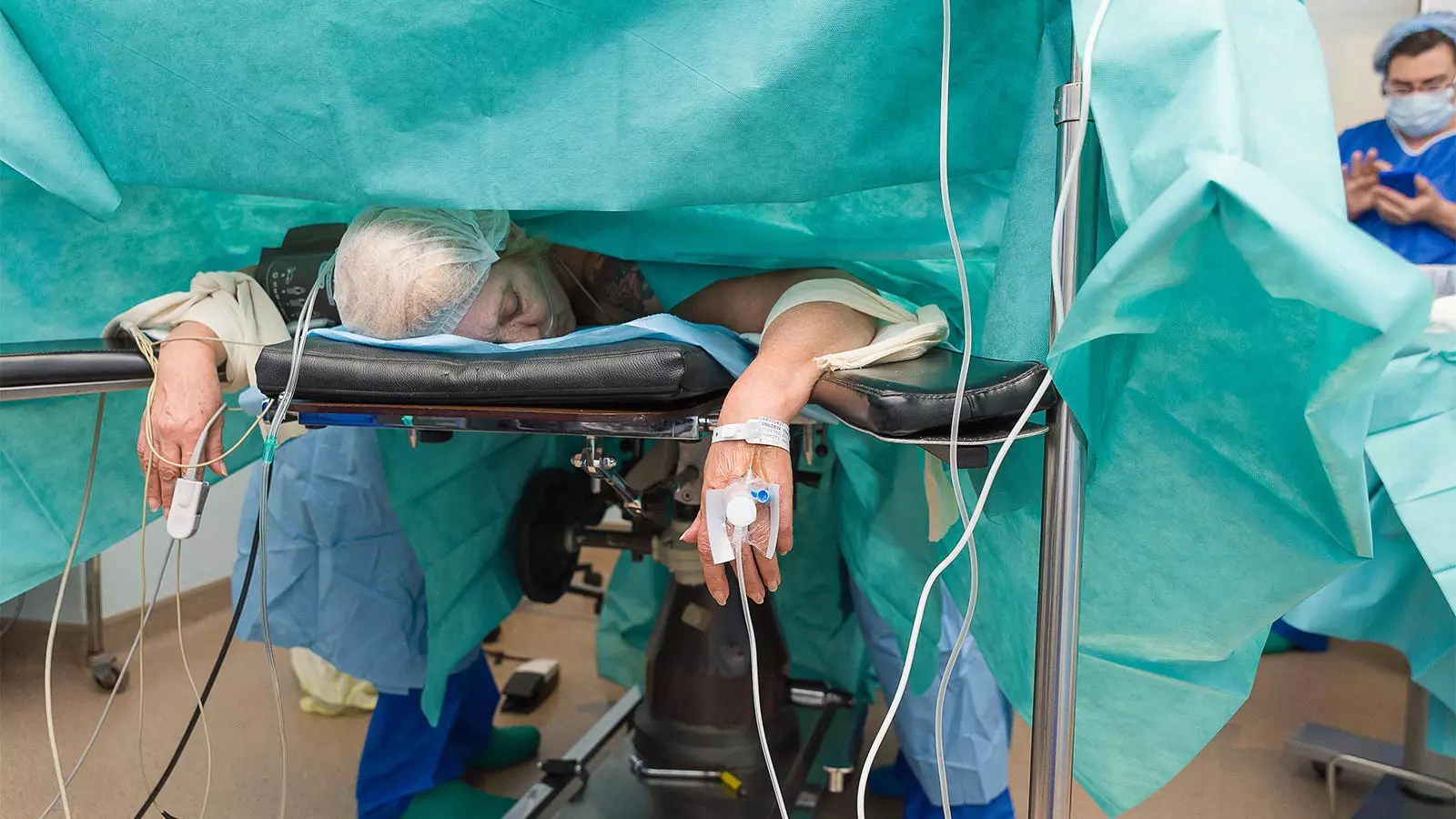The Dominican Republic (D.R.) has gained popularity as a medical tourism hub due to lower costs, shorter wait times, and its proximity to the United States. However, recent findings in the Morbidity and Mortality Weekly Report (MMWR) have raised concerns about the safety of cosmetic surgeries performed in the D.R. The report highlights an alarming increase in deaths among U.S. residents who underwent cosmetic surgery in the country. This article aims to critically analyze the risks and complications associated with cosmetic surgery in the Dominican Republic and the need for improved surgical protocols and postoperative care.
According to the MMWR findings, there were 93 deaths among U.S. residents who traveled to the Dominican Republic for cosmetic surgery between 2009 and 2022. The number of deaths after cosmetic surgery had a mean of 4.1 from 2009 to 2018, but this number rose to 13 during 2019-2020, with a peak of 17 in 2020. The majority of these deaths were attributed to embolic events, such as fat emboli or venous thromboembolism. Patients who died had several risk factors, including obesity and undergoing multiple procedures during the same operation.
The deaths associated with cosmetic surgery in the Dominican Republic were predominantly tied to gluteal fat transfer, commonly known as the Brazilian butt lift (BBL). The BBL has earned a notorious reputation within surgical circles as the deadliest aesthetic procedure ever performed. The procedure often leads to pulmonary fat embolism, where fat globules travel through the bloodstream and obstruct circulation. Medical records from the reported deaths revealed that gluteal fat transfer was performed in the majority of cases.
A subset analysis of the deaths occurring during peak years indicated that 92% of cases involved gluteal fat transfer. Autopsy reports further revealed that 90% of the deaths were due to embolic phenomena. All of the deceased patients were women, with an average age of 41 years and a mean body mass index (BMI) of 32. The presence of comorbidities associated with venous thromboembolism was reported in 92% of cases. Additionally, all patients underwent liposuction, and multiple procedures were performed simultaneously during surgery, including gluteal fat transfer, abdominoplasty, and breast augmentation.
The Dominican Republic’s appeal as a medical tourism destination stems from its lower costs, shorter wait times, and existing tourism infrastructure. However, the surge in deaths prompted an investigation by the Centers for Disease Control and Prevention (CDC) in collaboration with the D.R. Ministry of Health. The study acknowledged limitations due to a lack of reliable statistics on the total number of cosmetic procedures performed on U.S. citizens in the D.R. each year. The researchers also noted potential underreporting of deaths to the U.S. Embassy.
While the findings shed light on the risks associated with cosmetic surgery in the Dominican Republic, the researchers emphasized that these risks could have been mitigated or prevented with improved surgical protocols and postoperative care. Prophylactic measures against venous thromboembolism, such as early mobilization and the use of compression stockings, may help reduce the risk of embolic events. Furthermore, stricter regulation and oversight of clinics and surgeons performing cosmetic surgeries are crucial to ensuring patient safety.
Another MMWR report identified 15 cases of Mycobacterium abscessus infections occurring in patients who had undergone cosmetic surgery at a single facility in south Florida. The majority of these patients had received a gluteal fat transfer, and all had undergone liposuction. The infected wound site was most commonly located in the buttocks. The CDC’s investigation revealed lapses in infection control and prevention practices at the facility, including gaps in environmental cleaning, improper use of personal protective equipment, and inadequate disinfection of surgical devices.
The risks and complications associated with cosmetic surgery in the Dominican Republic, particularly gluteal fat transfer, are a matter of grave concern. The surge in deaths and infections highlights the need for stricter regulation, improved surgical protocols, and enhanced postoperative medical care. Patients considering cosmetic surgery abroad must thoroughly research the credentials and safety practices of the clinics and surgeons they choose. Ultimately, prioritizing patient safety and well-being is paramount in the field of cosmetic surgery.


Leave a Reply